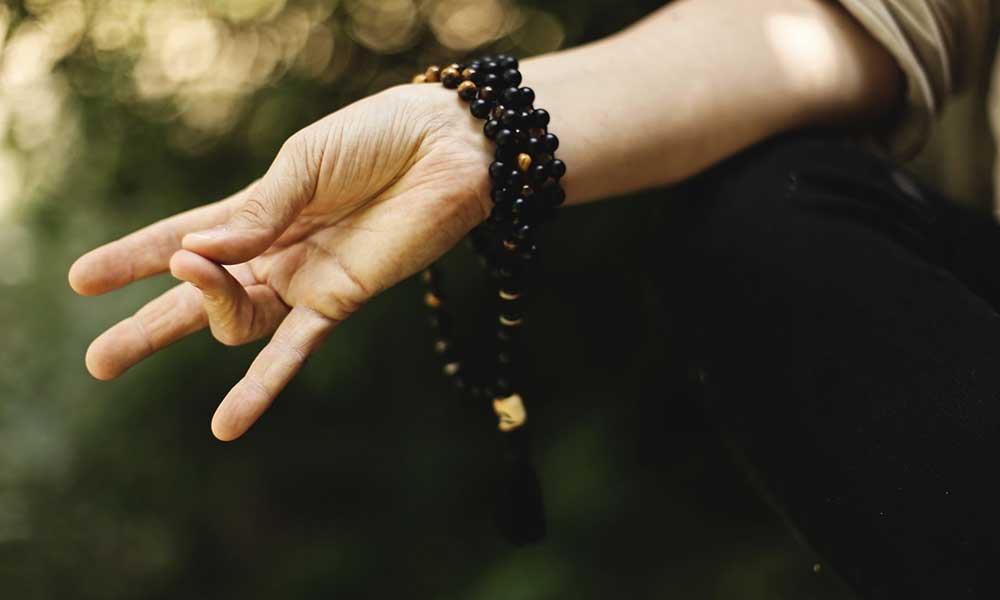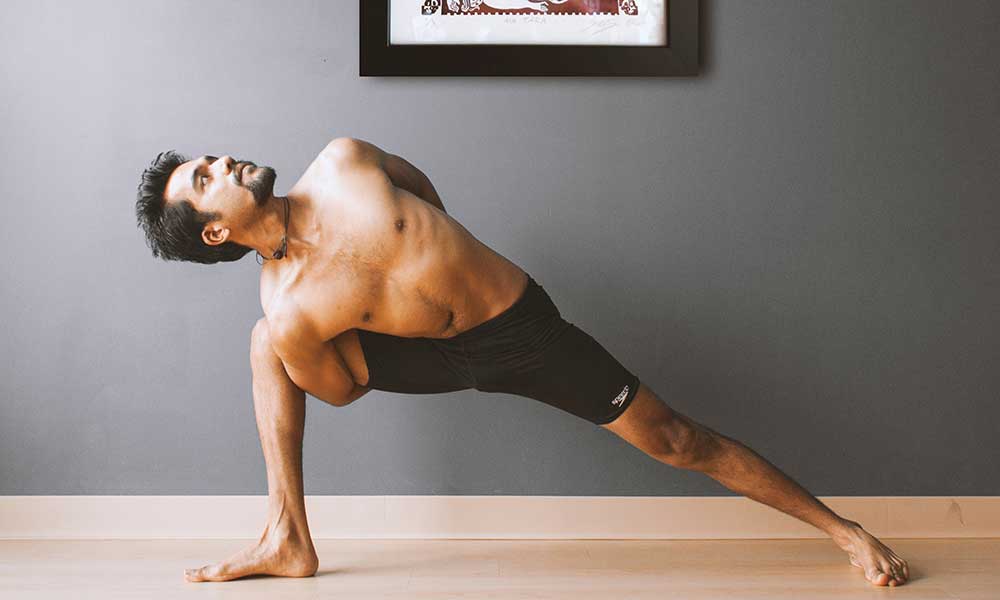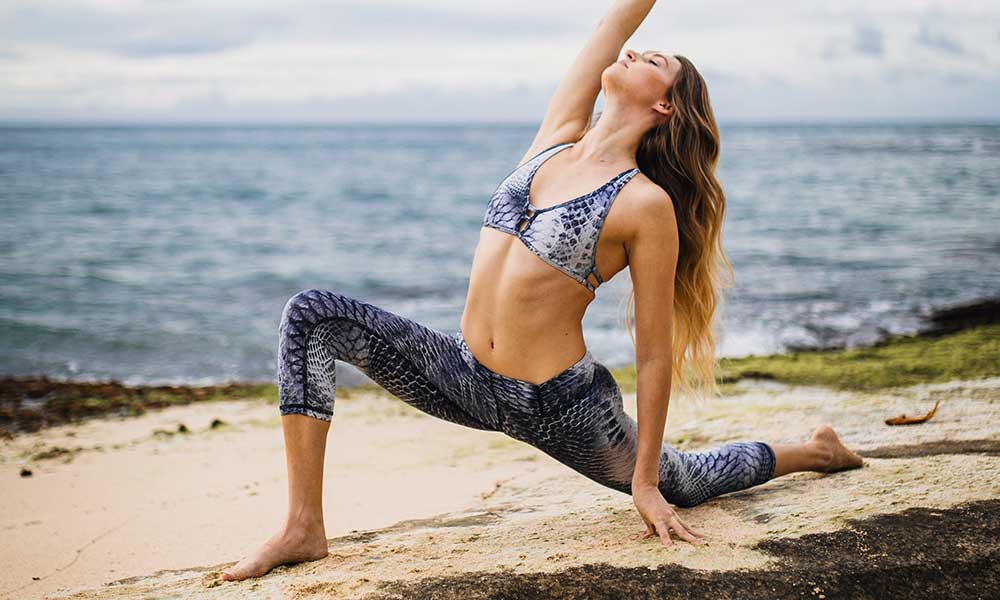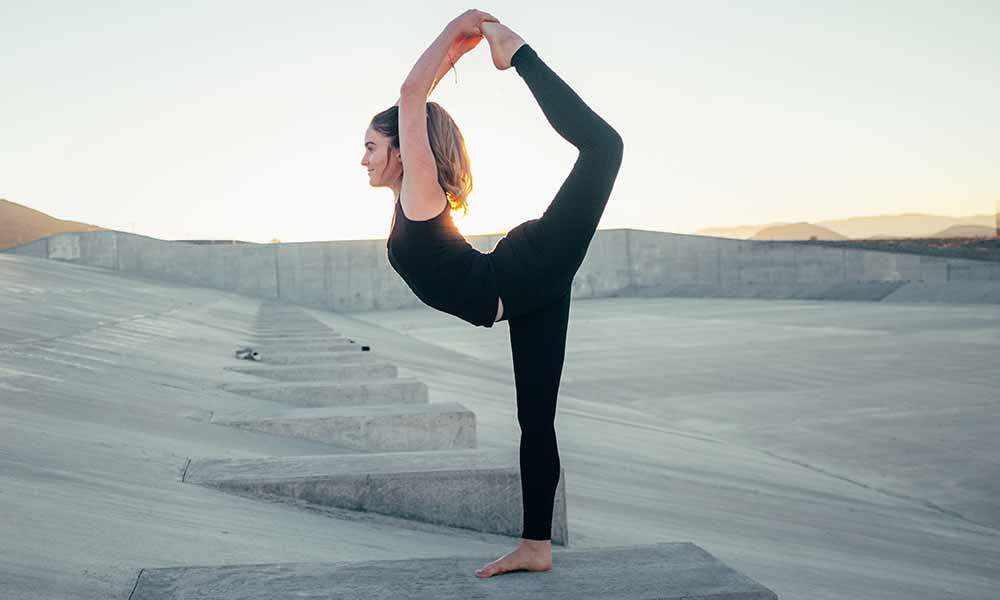If you have ever practiced yoga, chances are you’ve heard about yoga poses (asanas) and breathwork (pranayama) as integral parts of the practice. Yoga Mudras, hand gestures designed to promote the flow of energy (Prana) throughout the body to achieve prime health benefits, are another important part of yoga. This article will expand your knowledge on Yoga Mudras, how they are done, and what they are used for.
What are Yoga Mudras?
Yoga Mudras are hand gestures that are used in yoga and meditation to help energy flow throughout the body and mind to boost health and wellness. The Sanskrit word ‘Mudra’ literally translates to ‘hand gesture.’ mudras are commonly used in Hindu and Buddhist rituals to deepen the spiritual meaning of the practice.
Along with pranayama and asana, mudras are another component of the Vedic healing practice. This spiritual gesture works its magic on the body by embodying an “energetic seal of authenticity.” Most mudras are done with the hands and fingers combined with movements of the wrists, elbows, and shoulders. However, some mudras involve the entire body. There are hundreds of mudras that are used in ceremonies, dance, sculpture, and painting representations of Buddha.
Indian religions and traditions such as Dharma and Taoism have been using mudras for thousands of years to support meditation and/or healing. Each hand gesture is designed to act as a “lock” to guide energy flows and reflexes to the brain.
The healing power of mudras rely on the premise that each specific area of the hand corresponds to certain parts of the mind or body. Curling, crossing, stretching, and touching the fingers and hands together can send different signals to our brain through this mind-body connection.
There are specific mudras for manifesting certain hopes, energies, or devotions into your life. Through practicing mudras, we are able to visualize what we want most in life. When our hands form into a mudra, a physical connection to our hopes and dreams is created.
How are Yoga Mudras performed?
Yoga Mudras should be practiced in combination with meditation and breathwork to help guide energy flow throughout the body. The key to attaining the maximum healing benefits of mudras is to be patient and allow yourself time to become sensitive to the impact of the hand gestures.
To start your practice, sit down in a comfortable meditation position such as Sukhasana (easy pose), Vajrasana (diamond pose), or Padmasana (lotus pose). You may sit on the floor with your spine erect, or you can sit up straight in a chair.
If possible, you should sit in a calm and quiet space with no distractions so that you can fully experience the sensations. Closing your eyes during this practice increases the healing powers and heightens awareness of the sensations you will feel.
Here’s how to get your mudra on:
- Prepare your hands before getting into the mudras. Rub your hands together for at least 20 to 30 seconds to warm up the circulation in this area. The friction created in this area will activate the nerve endings in your hands, stimulating each cell linked to your different organs. You should begin to feel the warmth generating in your hands.
- Position your hands on your lap with your palms facing up. Try to quiet your mind so that you can feel the tingling and pulsating sensations in your hands and body. Sit in this position for at least 15 seconds.
- Lastly, press your fingers in particular patterns to perform different mudras and apply enough pressure to feel the energy flow. It takes at least 30 seconds to trigger the sensations, but you should hold your mudra for at least 2 minutes to feel the results in your body.
3 Highly effective Yoga Mudras for healing the body
Since our energy body greatly affects our physical body, disease can occur as a result of an energy imbalance in different organs. Mudras can help to heal and balance these energy levels. Here are a few of the most highly effective Yoga Mudras and how they can heal the body.
Gyana Mudra (Chin Mudra): The Mudra of Knowledge
The Gyana Mudra, or Chin mudra, is one of the most commonly used mudras used in yoga. You simply join the tip of your thumb to the tip of your index finger and stretch out the other three fingers on each hand.
The benefits of doing the Gyana Mudra are:
- Improved concentration.
- Improves symptoms of insomnia.
- Lowers stress levels and enhances positive feelings.
- Eases symptoms of depression.
- Increases brain function and focus.
- Alleviates headaches.
- Helps manage diabetes.
Vayu Mudra: Mudra of the Air Element
This mudra is used to help balance the air element within the body and is highly effective for relieving various types of pain from conditions like arthritis and sciatica. To do this mudra, fold your index finger and touch the second phalanx bone with the tip of your thumb. The tip of your index finger should touch the base of your thumb. Keep the other three fingers activated.
The benefits of Vayu Mudra are:
- Eliminates gas and bloating from the body.
- Eases constipation.
- Relieves symptoms of cervical spondylosis.
- Relieves pain from arthritis, gout, Parkinson’s Disease and paralysis.
- Relieves chest pain.
- Boosts immunity against cold and cough.
- Enhances the quality of hair that is dry and brittle.
Surya Mudra: Mudra of Fire Element
This incredibly powerful mudra is connected to heat and metabolic functions in the body. To perform this mudra, bend your ring finger inward until the tip of it is touching the base of the thumb and the second phalanx bone is touching the thumb, then press. Extend the other three fingers.
The benefits of Surya Mudra are:
- It lowers cholesterol.
- Dissolves fat and supports weight loss.
- Improves metabolism and enhances strength.
- Improves digestion.
- Promotes discipline and ambition.
- Enhances the appearance of the skin.
Frequently Asked Questions (FAQ)
Here are some of the most common questions that people have about Yoga Mudras.
Which mudra is good for brain?
The Gyana Mudra is excellent for increasing concentration, brain function, and focus. It can also help to relieve headacahes.
Which mudra is best for immune system?
Vayu Mudra is a highly effective mudra for boosting immunity and can also help to relieve pain from certain medical conditions such as arthritis and sciatica.
Which mudra is best for skin?
Surya Mudra is a mudra that has amazing benefits on the appearance of skin, boosting skin’s luster and smoothness.
Can mudras be done after eating?
It is advised that mudras be done on an empty stomach to fully be present and aware of the sensations you will feel during the practice.







